DOmIcILE-VR: Approaches to the sustainable implementation of VR learning environments in vocational education
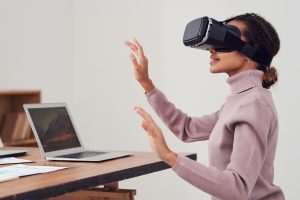 Virtual Reality (VR) learning environments have great potential for vocational training. From a learning psychology perspective, they can – compared to usually less immersive visualizations on two-dimensional displays – according to various studies, for example, Increase learners’ interest, their motivation and Increase the joy of learning and with them the realistic Evoke perceptionthat they are currently in a different place or in a different time or world. In this way They often also increase learning success. Didactically, VR learning environments allow learners to practice situations in a realistic way that would expose them to greater danger or be very costly if they were to be practiced in the real world. However, they have only been used in a few cases in vocational training so far – for example at the Erich Gutenberg Vocational College in Cologne.
Virtual Reality (VR) learning environments have great potential for vocational training. From a learning psychology perspective, they can – compared to usually less immersive visualizations on two-dimensional displays – according to various studies, for example, Increase learners’ interest, their motivation and Increase the joy of learning and with them the realistic Evoke perceptionthat they are currently in a different place or in a different time or world. In this way They often also increase learning success. Didactically, VR learning environments allow learners to practice situations in a realistic way that would expose them to greater danger or be very costly if they were to be practiced in the real world. However, they have only been used in a few cases in vocational training so far – for example at the Erich Gutenberg Vocational College in Cologne.
The research and development project “Digital educational offerings in the real estate industry using virtual reality“ (DOmIcILE-VR) has set itself the goal of establishing VR learning environments more firmly in vocational education. In order to systematically and sustainably implement suitable media didactic scenarios in vocational education institutions, holistic concepts must be developed that, in addition to designing to promote learning, also take organizational and economic aspects into account. In order to create a theoretical framework for this, the model of the sustainable implementation of e-learning innovations in higher education was developed by Dieter Euler and Sabine Seufert. applied to the context of VR learning environments in vocational education (see Figure 1).
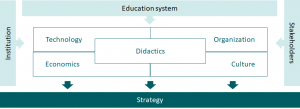
Figure 1: Theoretical framework for the implementation of VR technologies in educational institutions
For the purpose of empirically validating the model and deriving recommendations for action for educational practice, the "DOmIcILE-VR" project is developing and piloting a use case in which trainees and continuing education students from the real estate sector learn in a playful way how to carry out apartment inspections professionally. To do this, virtual rental apartments are dynamically configured using a VR application and entered using a smartphone cardboard system. In a role play with experienced learning companions or other learners, the trainees and continuing education students practice cooperatively assessing the condition of the apartments on the basis of a digital case file, recording their assessment in accordance with the law and communicating appropriately with the tenants - even in the event of a dispute.
In order to promote its sustainable implementation in vocational training institutions, the design levels of the theoretical framework were considered when designing the learning scenario, among others: addressed as follows:
- Didactics: The didactic concept allows for flexible and repeated use in different forms. The learning time in the virtual environment is kept relatively short at 15 to 30 minutes in order to keep any symptoms of VR sickness (which hinder learning) as low as possible.
- technology: The simple motion control of the VR application should provide an optimal user experience.
- Economics: The possibility of repeated use by the same learners due to the high flexibility of the didactic concept (with different scenarios and levels of difficulty) allows cost savings.
- Organization: The provision of a holistic transfer or implementation concept facilitates the institutional integration of the scenario.
- Socioculture: The use of self-brought devices (smartphones) is intended to reduce fear of contact with the technology and increase user acceptance.
The first operational prototype of the learning scenario was tested with ten trainees from October to December 2020. The results show a (very) positive user experience. The learners reported only isolated and rather minor symptoms of VR sickness. On average, they consider the technical system to be relatively easy to learn and unanimously support its use in vocational training. There were drawbacks in the perceived quality of the visual representation on the smartphone and in relation to the motion control. These results offer very good starting points for the further development of the VR learning scenario in preparation for the second test phase, which is being carried out in companies in the real estate industry and is due to begin shortly.
Author: Jonathan Dyrna
Further reading:
Dyrna, J., Brade, M., Liebscher, M. & Bohn, T. (2021). Can Virtual Reality Enhanced Role-Play Scenarios Using Mobile Devices Enrich Classroom Learning? A case study. In EP Sheehan (Ed.), 7th International Conference on Education. Book of Abstracts (p. 86). Colombo: The International Institute of Knowledge Management.
Dyrna, J., Liebscher, M., Fischer, H., & Brade, M. (2020). Implementation of VR-based learning environments – theoretical framework and practical application. In C. Müller Werder & J. Erlemann (eds.), Seamless Learning – enabling lifelong, continuous learning (pp. 59–68). Münster: Waxmann.
Fischer, H., Arnold, M., Philippe, S., Dyrna, J, & Jung, S (2021). VR-based learning and teaching. A Framework for Implementation of Virtual Reality in Formal Education. In L. Gómez Chova, A. López Martínez, & I. Candel Torres (Eds.), Proceedings of the 15th International Technology, Education and Development Conference (pp. 3304–3314). Valencia: IATED Academy.



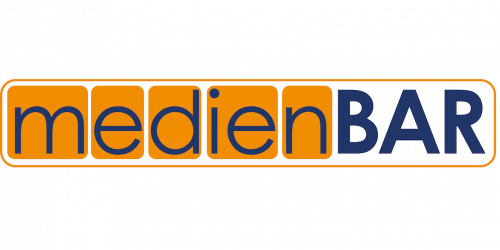
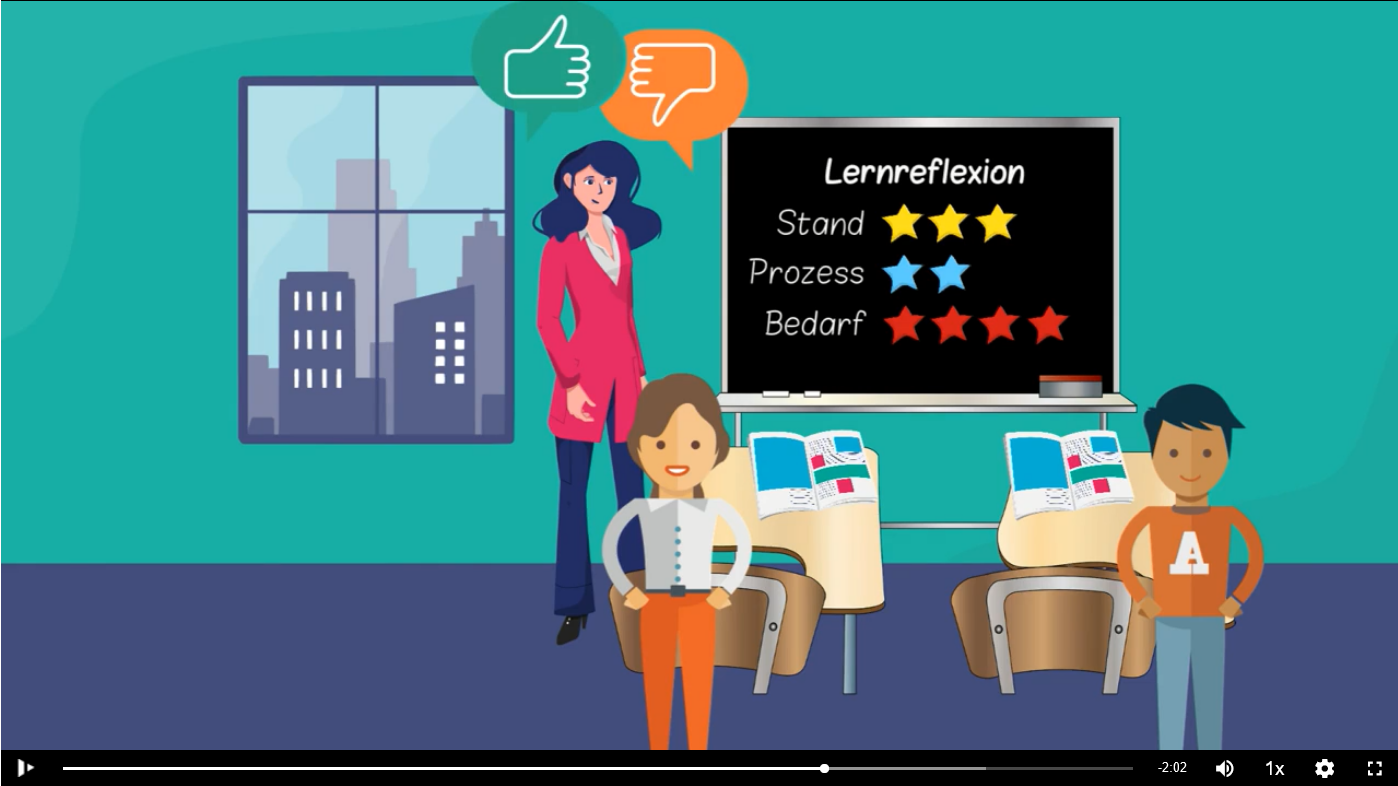

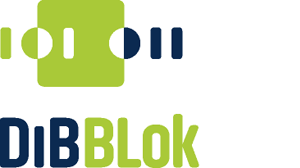
1 Response